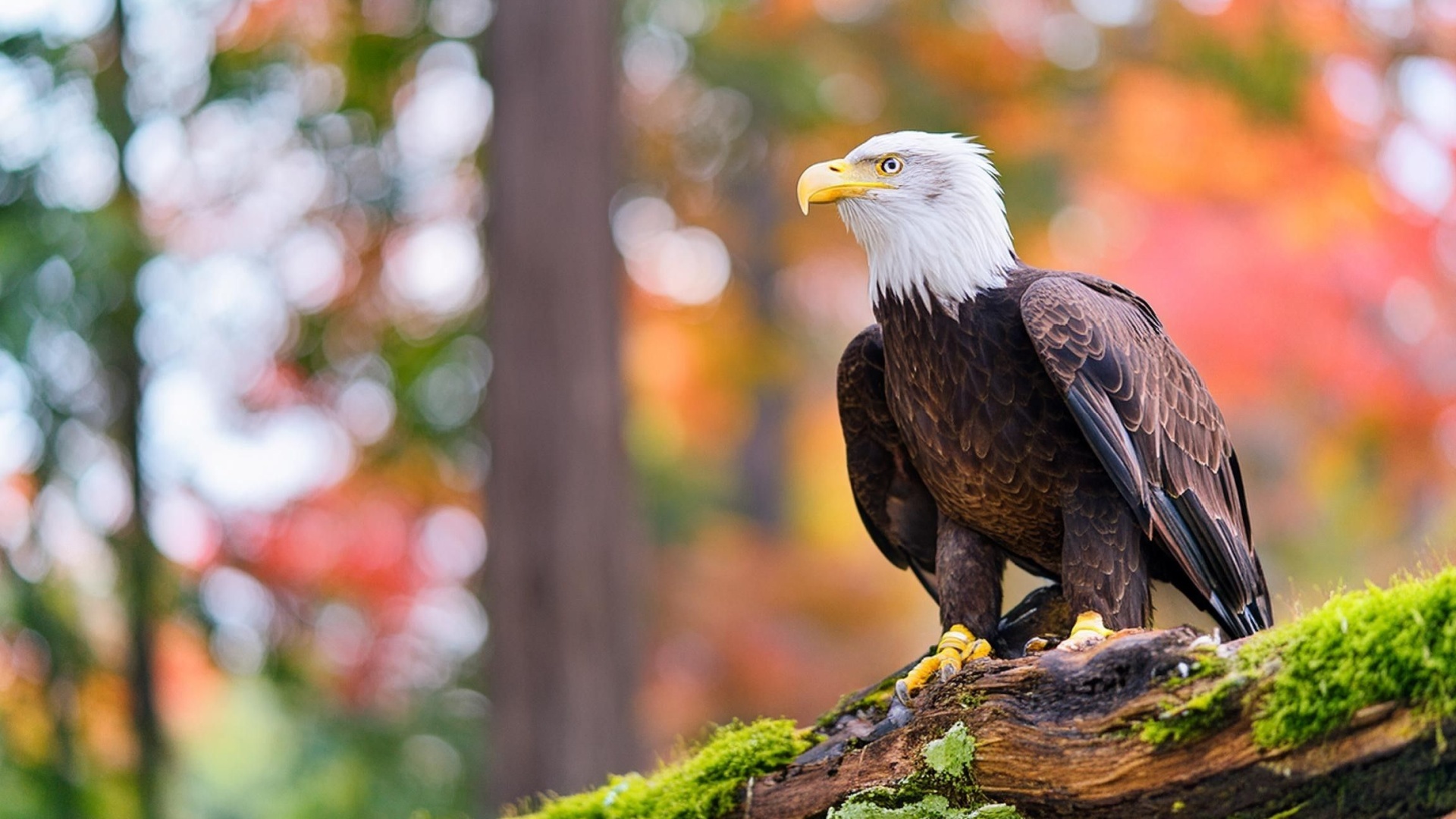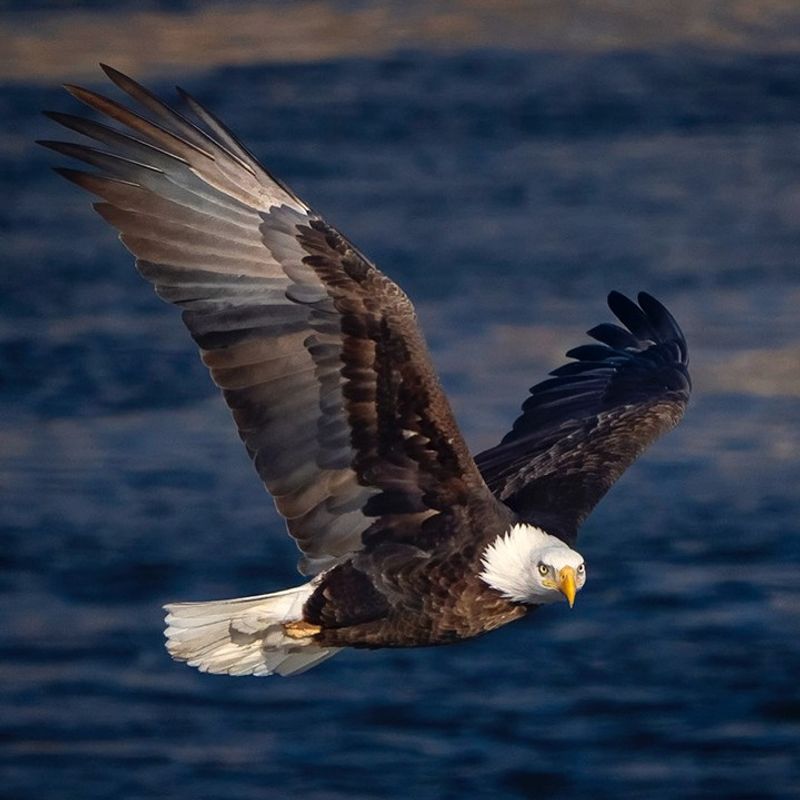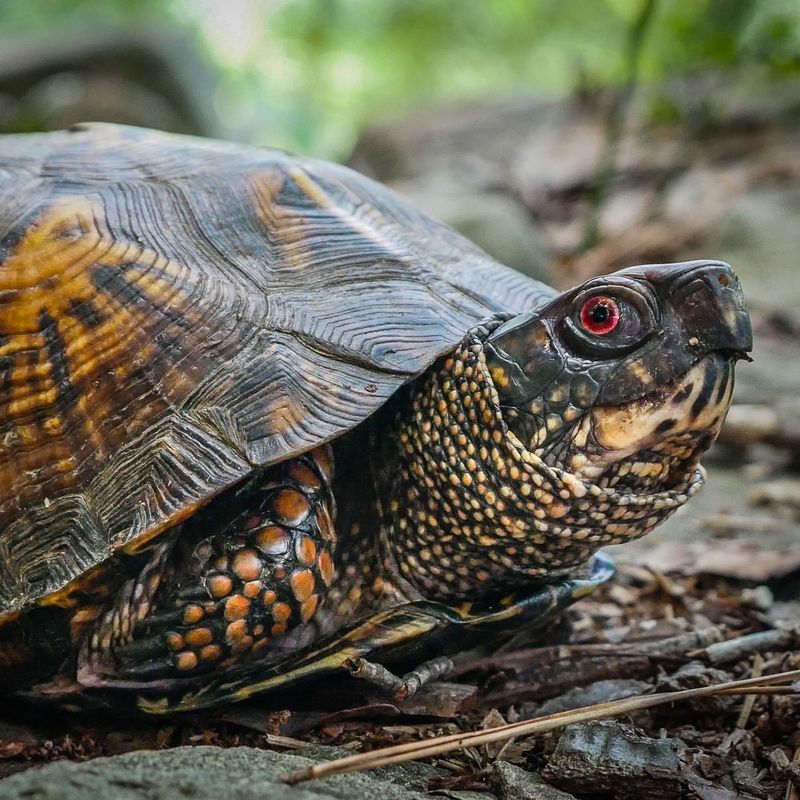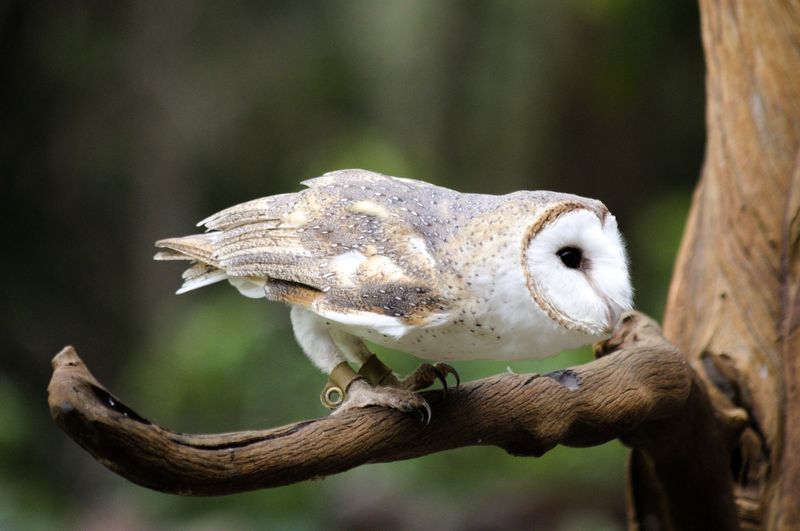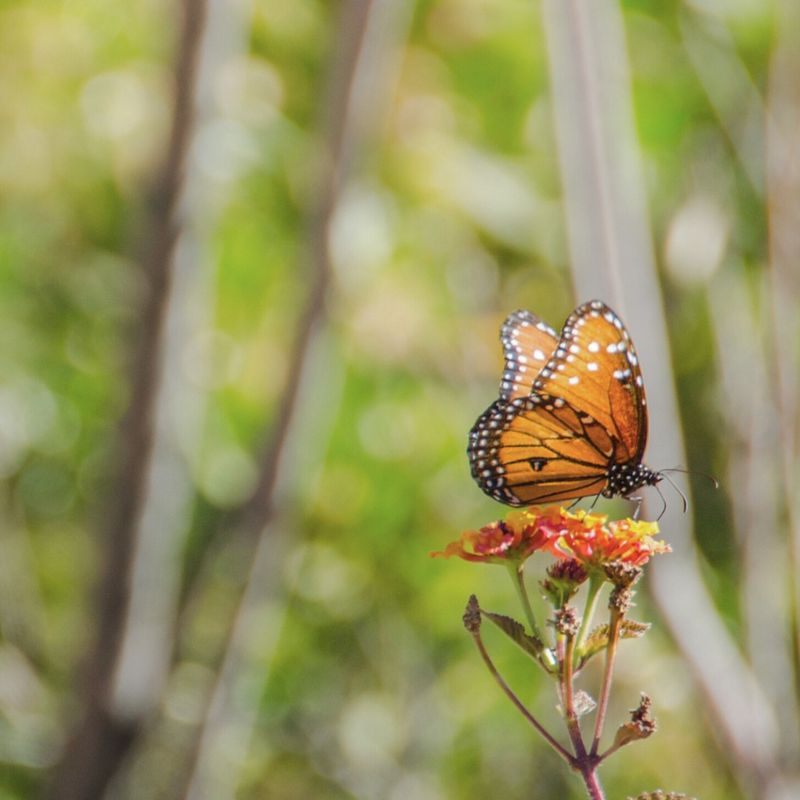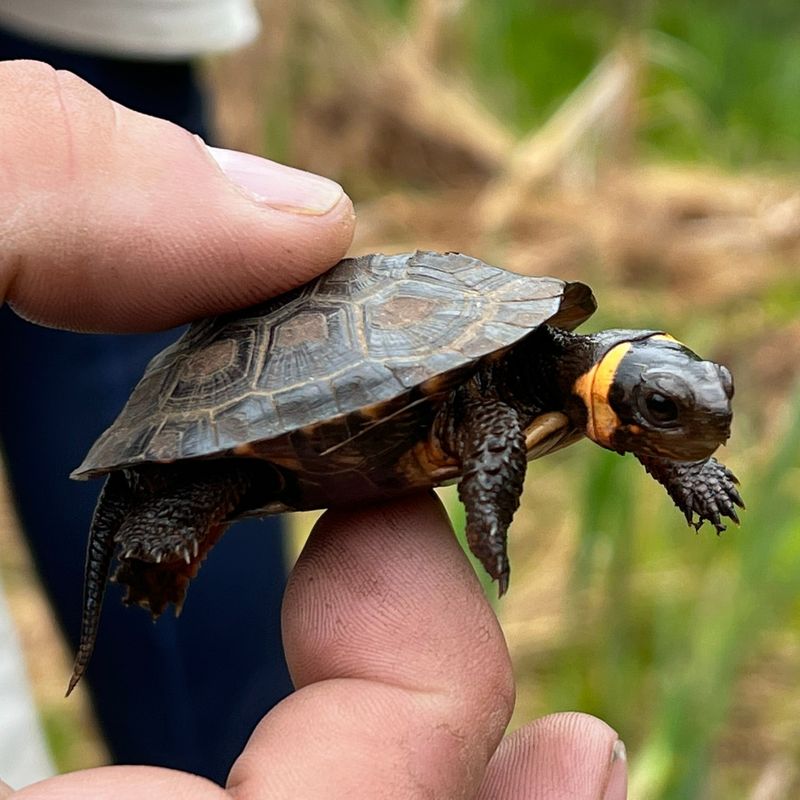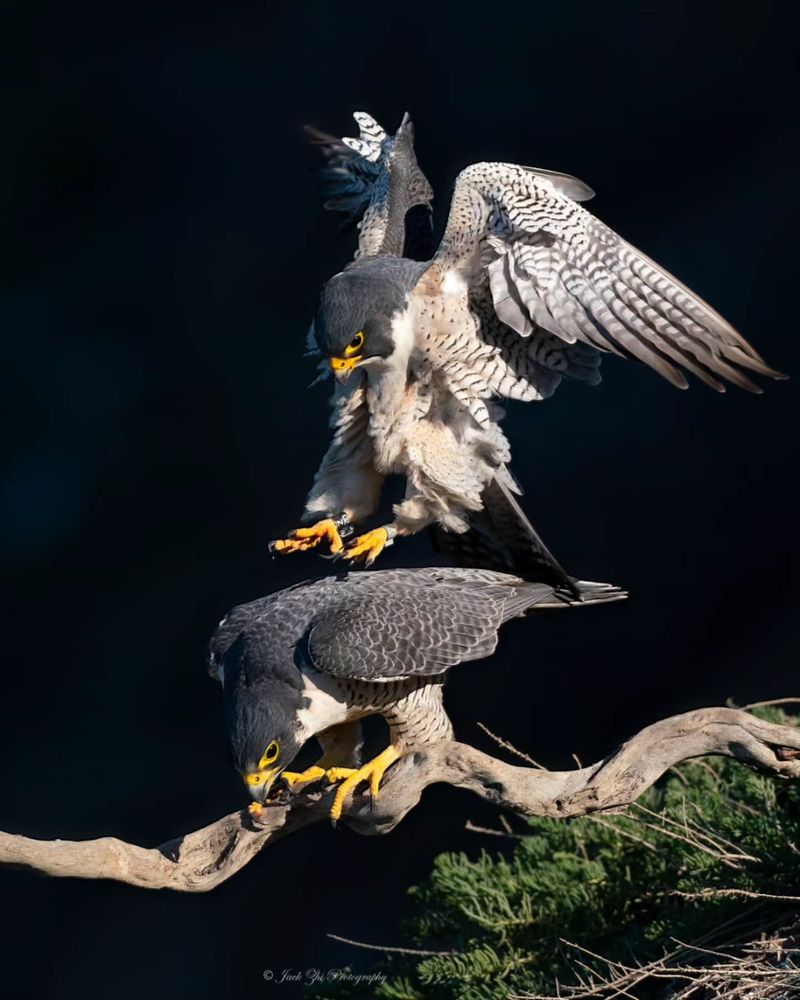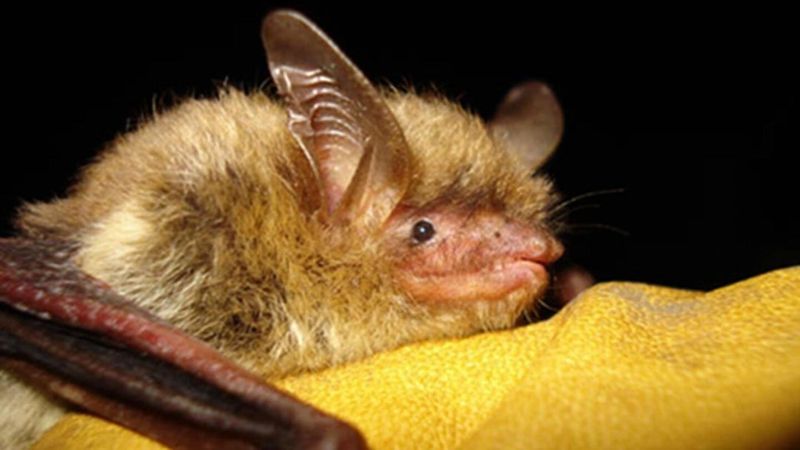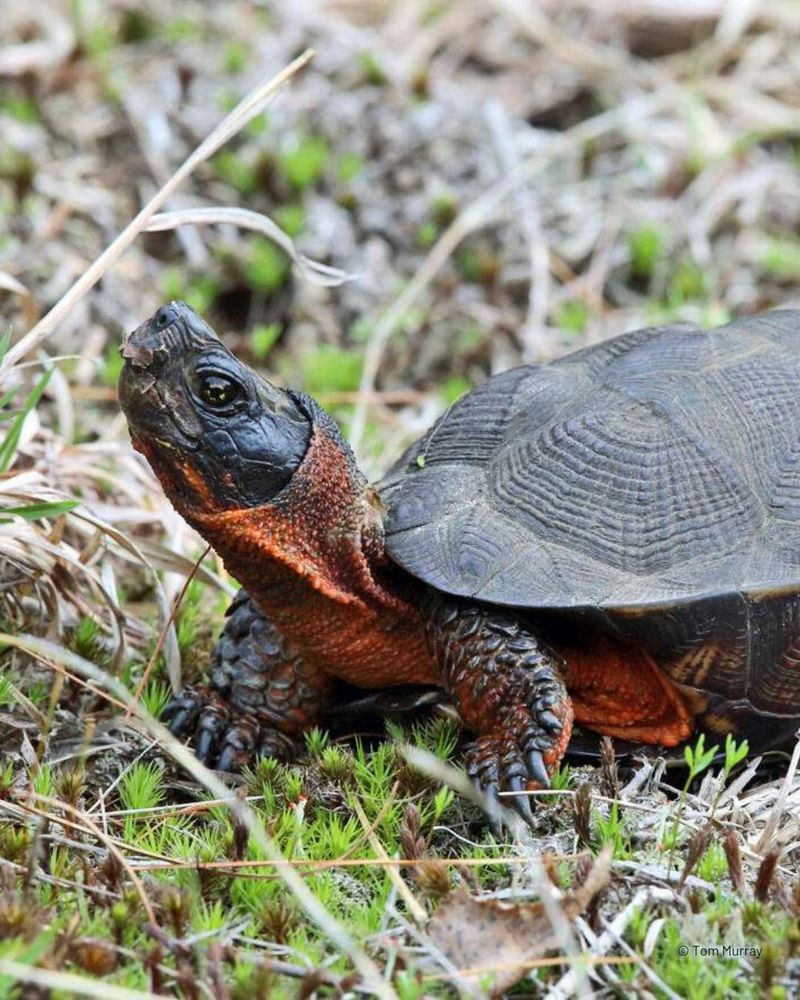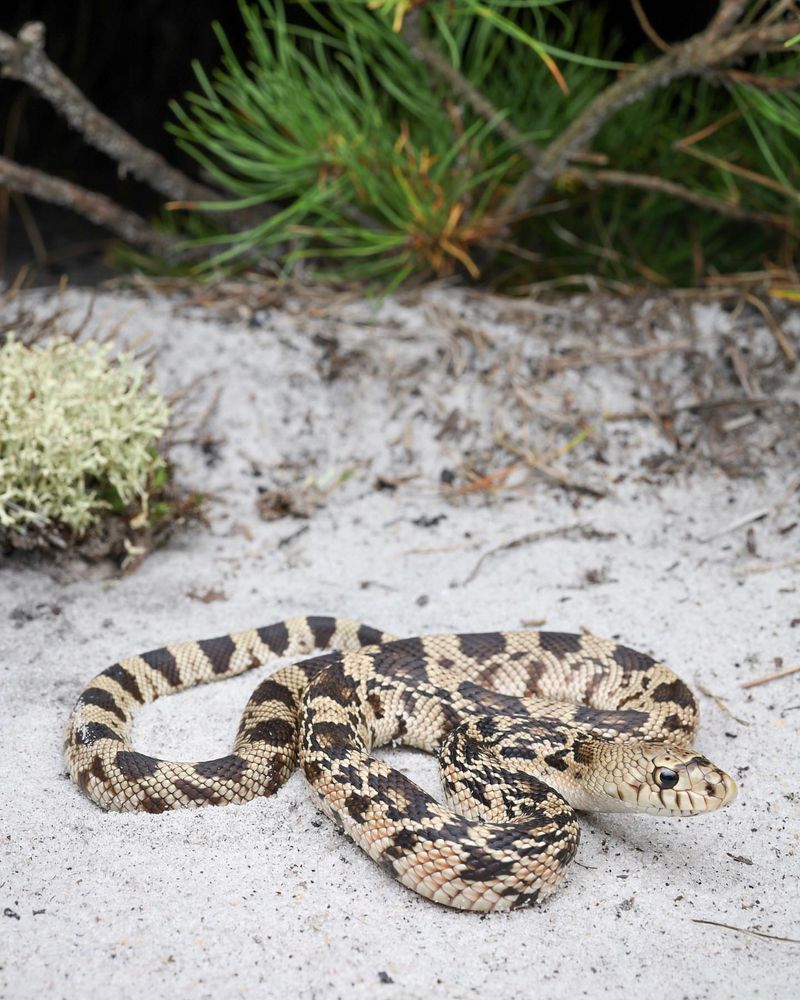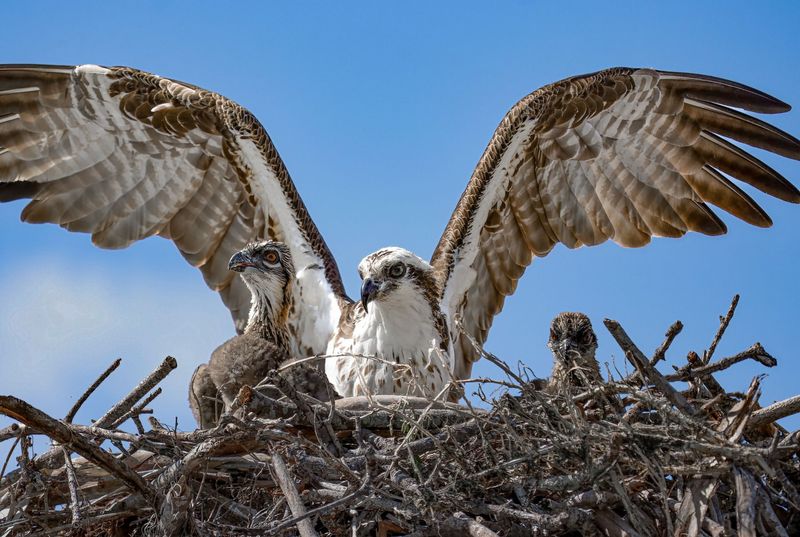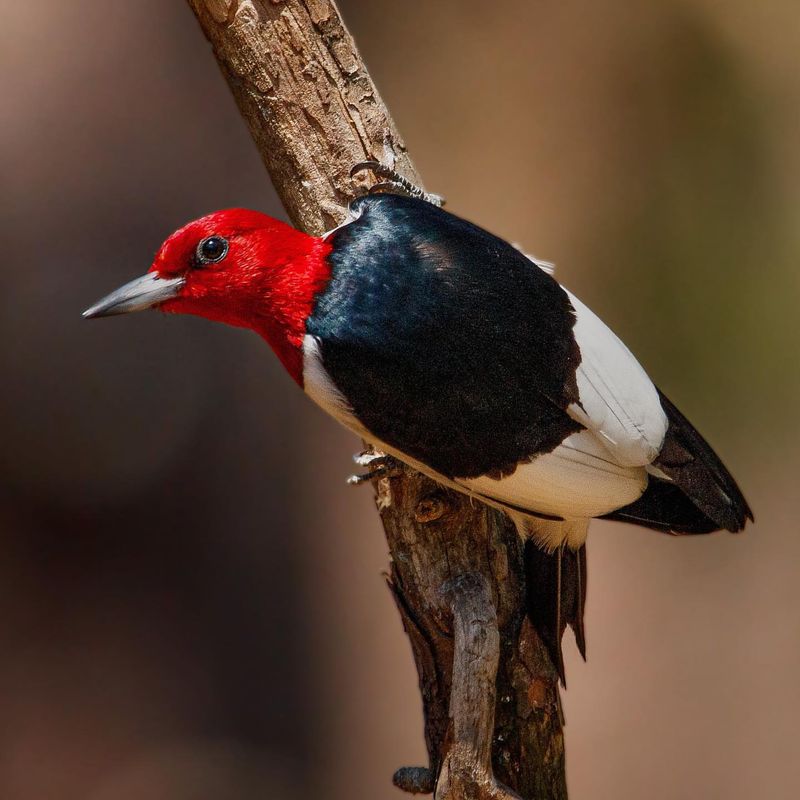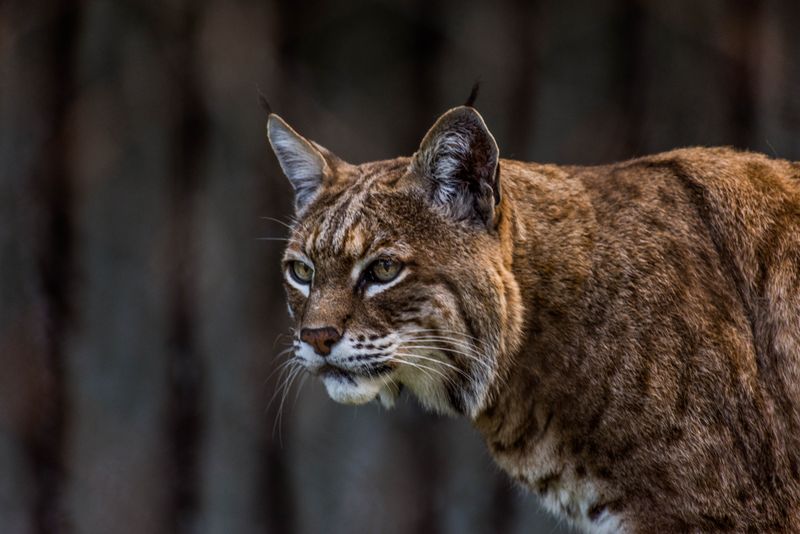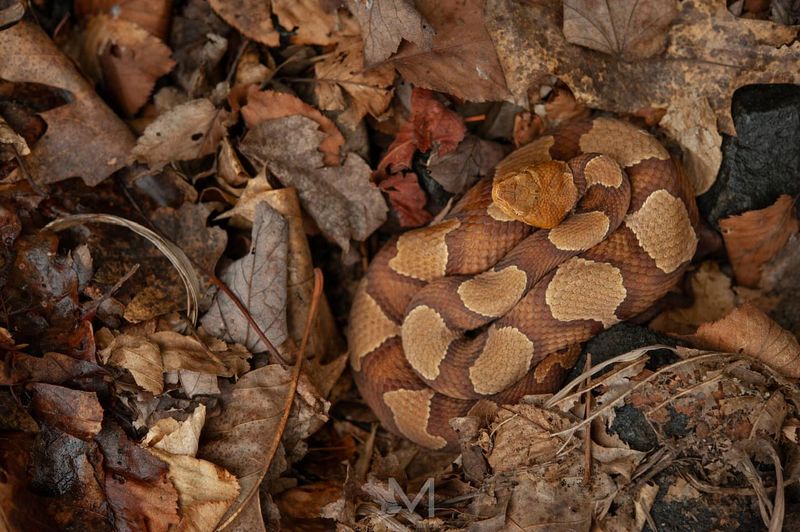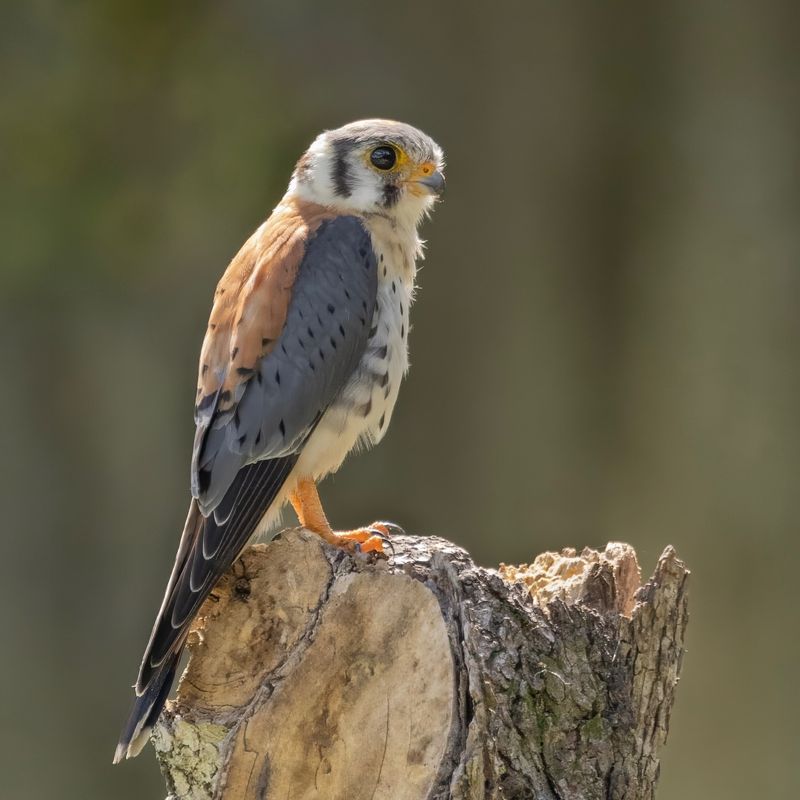Your New Jersey backyard isn’t just your property—it’s also home to many creatures protected by state and federal laws. From birds to butterflies, these animals play important roles in our ecosystem, even if they sometimes cause headaches for homeowners.
Understanding which animals you legally can’t disturb might save you from hefty fines and help preserve New Jersey’s natural heritage.
1. Bald Eagles
Spotting America’s national bird in your yard might feel like winning the wildlife lottery! These majestic raptors are strictly protected under the Bald and Golden Eagle Protection Act.
Disturbing their nests or harassing these birds carries penalties up to $100,000 and potential jail time. Even collecting a fallen feather is illegal.
If bald eagles decide your property makes a good home, consider yourself honored. Contact the New Jersey Division of Fish and Wildlife for guidance on how to respectfully coexist with your patriotic neighbors.
2. Eastern Box Turtles
Those charming, dome-shelled reptiles with orange-yellow patterns might be Eastern Box Turtles, a species of special concern in New Jersey. Their population has plummeted due to habitat loss and illegal collection.
Living up to 100 years in the wild, these turtles maintain a small home range their entire lives. Removing one even a short distance can be disorienting and deadly for them.
Found one digging in your garden? Simply leave it be—it’s helping control slugs and insects naturally!
3. Barn Owls
With heart-shaped faces and ghostly white plumage, barn owls might look spooky but they’re agricultural superheroes! One family can consume up to 3,000 rodents annually.
These nocturnal hunters face serious population declines in New Jersey, earning them special protection status. Their nests, often in quiet corners of structures, cannot be disturbed during breeding season.
Lucky enough to host these pest-controllers? Consider installing a nesting box nearby to encourage them to stay while keeping them out of your main structures.
4. Monarch Butterflies
Those orange and black beauties fluttering through your garden recently gained federal protection under the Endangered Species Act. Their 3,000-mile migration is one of nature’s most remarkable journeys!
Removing milkweed—the only plant monarch caterpillars can eat—could be considered habitat destruction. Many New Jersey municipalities now have ordinances specifically protecting monarch habitat.
Want to help? Plant native milkweed varieties and avoid pesticides. Your yard could become a crucial stopping point in their incredible migration story.
5. Bog Turtles
No bigger than your palm, the critically endangered bog turtle is North America’s smallest turtle and one of New Jersey’s most protected species. With fewer than 2,500 remaining, each one is precious.
Recognizable by bright orange patches on their necks, these tiny turtles prefer wet meadows and bogs. If your property includes wetlands, you might be sharing space with these rare creatures.
Finding one means immediate notification to state wildlife officials—and absolutely no disturbance of their habitat!
6. Peregrine Falcons
Once nearly extinct, peregrine falcons have made an impressive comeback in New Jersey, sometimes nesting on residential structures. As the world’s fastest animal—diving at speeds over 200 mph—they’re breathtaking to witness!
Protected under the Migratory Bird Treaty Act, disturbing their nests or young is strictly prohibited. These falcons mate for life and often return to the same nesting sites year after year.
Urban-adapted peregrines help control pigeon populations naturally, making them valuable neighbors despite their occasional messy habits.
7. Indiana Bats
Smaller than your thumb, these endangered flying mammals might be using your property’s trees as summer roosts. Indiana bats form maternal colonies under loose bark or in tree cavities during warmer months.
Federal protection means removing trees with bat colonies—even dead or dying ones—could result in significant penalties. Each bat consumes thousands of insects nightly, providing free pest control services.
Planning tree work? Schedule it between November and March when bats have migrated to caves for hibernation, and consult with wildlife officials first.
8. Wood Turtles
With sculpted shells resembling carved wood, these semi-aquatic turtles spend considerable time exploring terrestrial habitats up to 1,000 feet from streams. Their bright orange neck and legs make them particularly attractive—and vulnerable to illegal collection.
New Jersey lists wood turtles as threatened, making it illegal to remove them from your property. They’re exceptionally intelligent, capable of solving simple mazes and recognizing human caregivers.
Found near a stream on your land? Consider yourself guardian to one of New Jersey’s most fascinating reptiles!
9. Northern Pine Snakes
Those large black-and-white patterned snakes in your sandy yard might be Northern Pine Snakes—a threatened species in New Jersey. Growing up to six feet long, these impressive reptiles are entirely non-venomous despite their intimidating size.
Masters of disguise, they burrow extensively in the sandy soils of the Pine Barrens. Their presence indicates a healthy ecosystem, as they control rodent populations naturally.
Yard renovations in pine snake territory require special permits. Removing or harming these beneficial predators carries significant penalties under state law.
10. Osprey
Building massive stick nests on tall structures, ospreys have rebounded from near-extinction in New Jersey. These fish-hunting raptors often return to the same nesting sites annually, even in developed areas near water.
Once an osprey establishes a nest on your property, federal law prohibits removal during breeding season (April through August). Penalties for disturbing active nests can exceed $15,000.
Living near water? Consider installing an osprey platform nearby—a legal alternative that provides these magnificent birds a home while keeping your structures clear.
11. Spotted Salamanders
Beneath logs and leaf litter in damp corners of your yard might live secretive spotted salamanders. Recognizable by their striking yellow polka dots on black bodies, these amphibians emerge primarily on rainy spring nights for breeding migrations.
Protected under New Jersey’s Endangered and Nongame Species Conservation Act, their breeding pools—even temporary ones on private property—cannot be filled or altered. Many towns have specific ordinances protecting their migration routes.
Yard too wet? Before installing drainage, consult environmental officials—you might be hosting a salamander sanctuary!
12. Red-headed Woodpeckers
Sporting a crimson head that looks like it’s been dipped in paint, these striking woodpeckers have declined dramatically in New Jersey. They’re now listed as state-endangered, making their presence in your yard something special indeed!
Unlike other woodpeckers, they’re expert flycatchers and cache food in tree crevices. Their cavity nests in dead trees or limbs are fully protected, even if they’re in trees you’d prefer to remove.
Need tree work? Schedule an inspection first—removing active nesting cavities carries significant penalties under state and federal law.
13. Bobcats
New Jersey’s most elusive wild cat might be visiting your yard without you knowing it! Twice the size of house cats with stubby tails and tufted ears, bobcats are endangered in the Garden State with fewer than 400 remaining.
Trail cameras sometimes capture these secretive predators even in suburban areas. Their presence indicates healthy ecosystems, as they control rodent and rabbit populations naturally.
Spotted one? Consider yourself incredibly fortunate—and report the sighting to the Endangered and Nongame Species Program while keeping a respectful distance.
14. Northern Copperheads
Among New Jersey’s only venomous snakes, copperheads are protected under state law despite causing anxiety for homeowners. Their copper-colored hourglass pattern provides perfect camouflage among fallen leaves.
Contrary to popular belief, these snakes aren’t aggressive unless directly threatened. They play crucial roles controlling rodent populations that can spread disease.
Found one basking on your property? Back away slowly and call a licensed wildlife relocator—never attempt removal yourself. It’s illegal to kill them, and professional relocation ensures safety for both you and the snake.
15. American Kestrels
North America’s smallest falcon packs colorful plumage into a sparrow-sized package! Once common in New Jersey, these aerial acrobats have declined by over 80% since the 1970s, earning them state-threatened status.
Kestrels hunt by hovering over open areas, diving dramatically for insects and small rodents. They depend on cavity nests in dead trees or old buildings—structures often removed during property maintenance.
Spotted kestrels using your outbuildings? Installing nest boxes nearby provides legal alternatives while supporting recovery of these beneficial predators.

